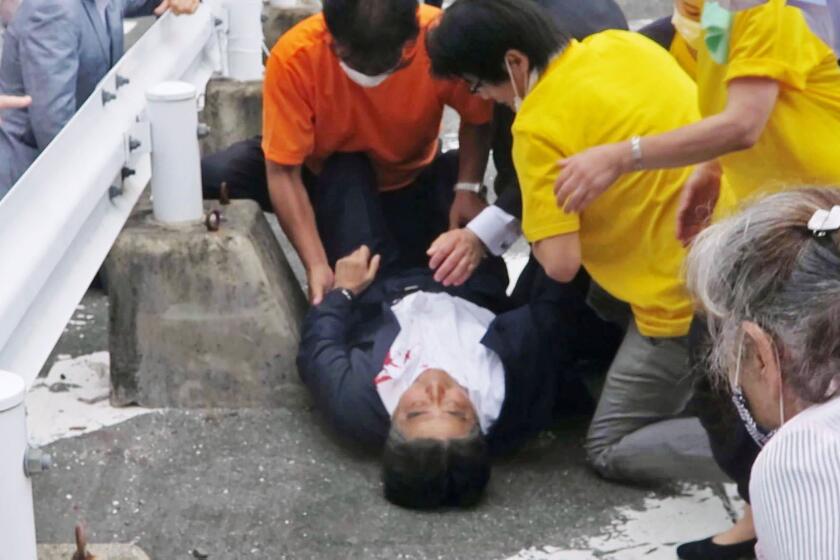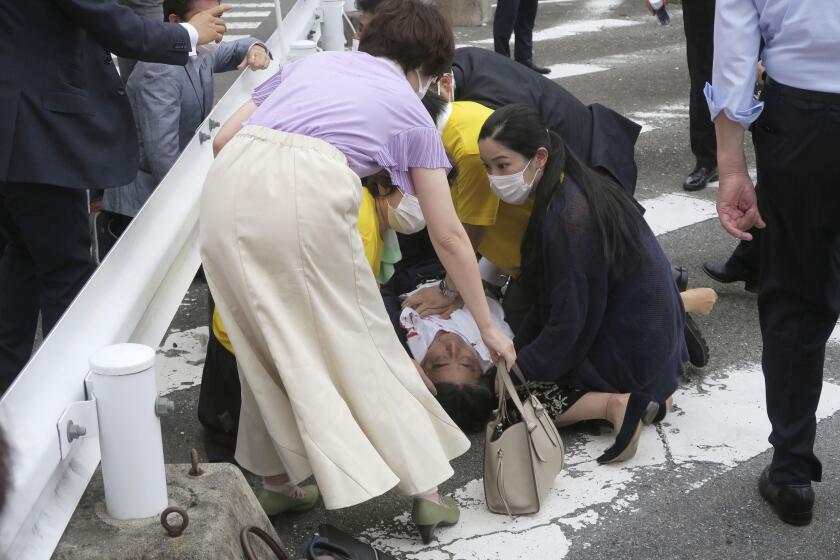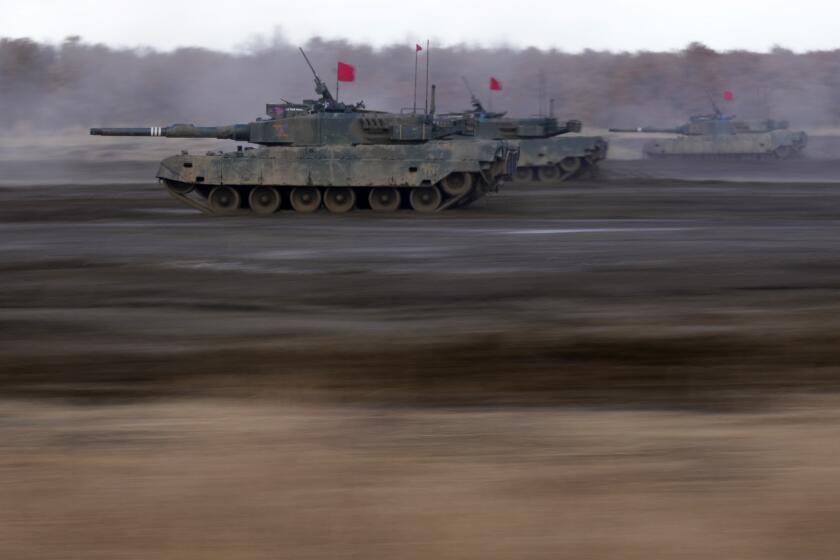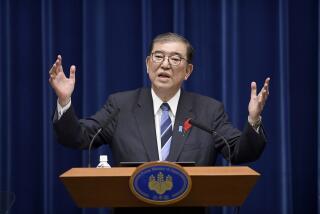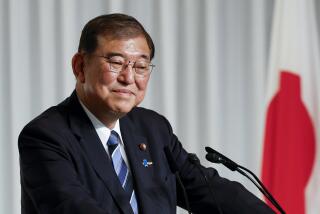A timeline of former Japanese Prime Minister Shinzo Abe’s career
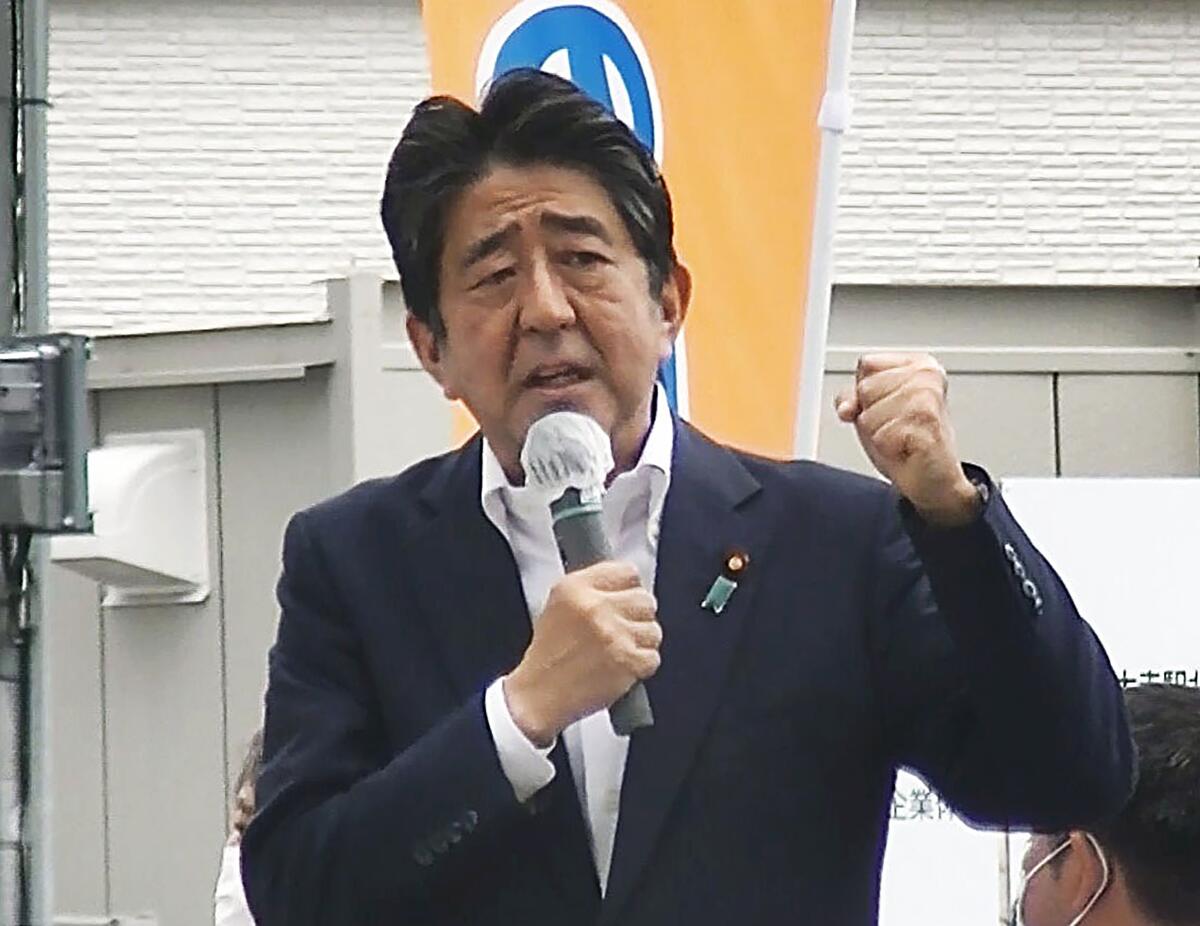
TOKYO — Born into a prominent political family, Shinzo Abe, who was fatally shot at a campaign event Friday in western Japan, holds the record as the country’s longest-serving prime minister.
While credited with bringing a degree of stability to Japan following a period of economic malaise, Abe angered neighbors South Korea and China — along with many Japanese — with his nationalistic rhetoric and calls to revise the country’s pacifist constitution.
Here’s a look at some key dates in Abe’s life and career.
Former Japanese Prime Minister Shinzo Abe was assassinated Friday on a street in western Japan by a gunman who shot him from behind as he delivered a campaign speech — an attack that stunned a nation with some of the world’s strictest gun-control laws.
Sept. 21, 1954: Abe is born in Tokyo, the son of Shintaro Abe, who served as Japan’s foreign minister, and grandson of Nobusuke Kishi, a former prime minister.
1977: Graduates from Seikei University in Tokyo with a degree in political science, after which he moves to the U.S. to study public policy at USC for three semesters.
1979: Begins working at Kobe Steel as the firm was expanding its presence abroad.
1982: Leaves the company to pursue new positions at the Foreign Ministry and with the ruling Liberal Democratic Party.
Former Japanese Prime Minister Shinzo Abe was fatally shot during a campaign speech in the western city of Nara. A suspect has been arrested.
1993: First elected as a LDP legislator representing the southwestern prefecture of Yamaguchi. Abe, already viewed as a conservative, is a member of the party’s Mori faction that had once been headed by his father, who died in 1991.
2005: Abe is appointed chief Cabinet secretary under Prime Minister Junichiro Koizumi, during which he leads negotiations to return Japanese citizens abducted by North Korea. The same year, he is elected head of the LDP, putting him in line to take over as prime minister.
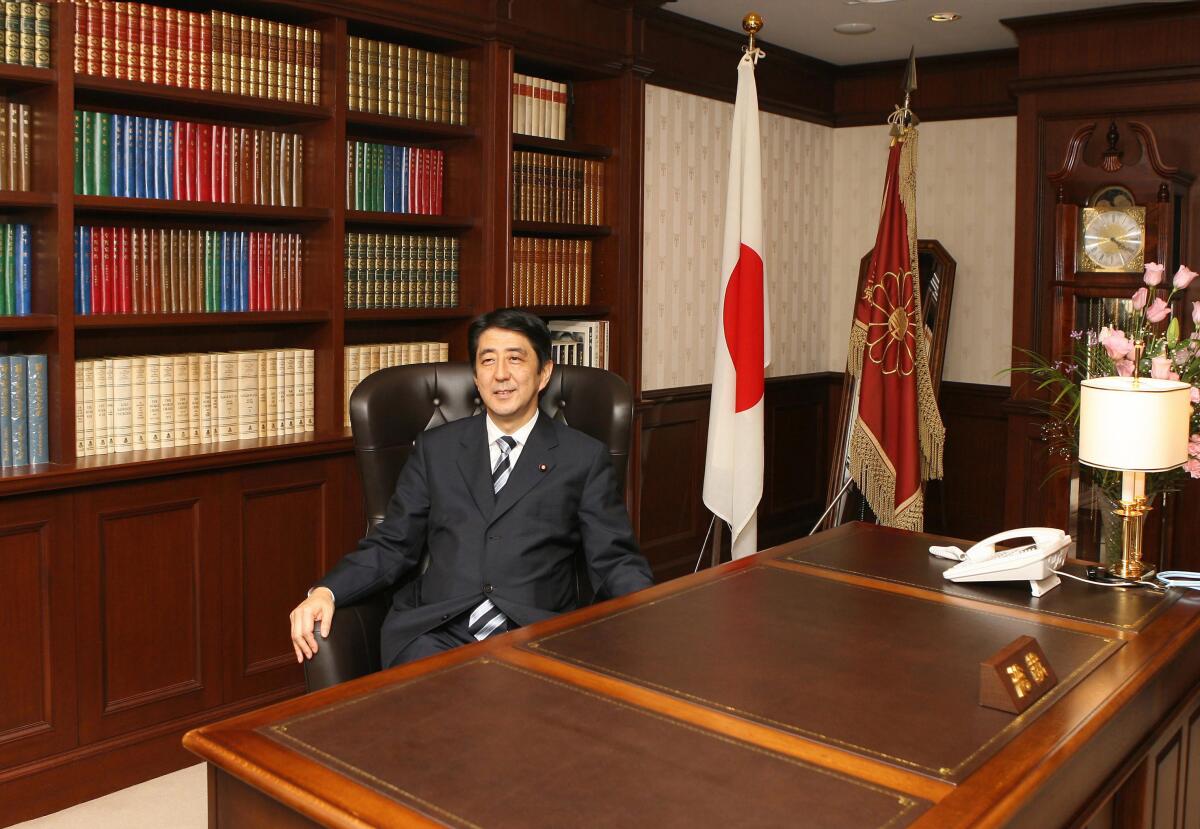
Sept. 26, 2006: Abe becomes Japan’s prime minister for the first time, overseeing economic reforms while taking a hard line on North Korea and seeking to engage with South Korea and China.
2007: Following electoral defeats that saw the LDP lose control of the legislature for the first time in 52 years, Abe resigns as prime minister, citing health reasons. Abe has been suffering from ulcerative colitis but was able to control it with medication.
2012: After again being elected LDP president, Abe becomes prime minister for the second time.
The Japanese military is mounting a major exercise on Hokkaido island in a display of might amid a recent increase in Chinese and Russian maneuvers.
2013: Seeking to boost growth, Abe launches his “Abenomics” policies featuring easy lending and structural reforms. Japan’s relations with China undergo a particularly rough patch but begin to improve after Abe meets with Chinese President Xi Jinping at the APEC summit in Beijing.
2014-20: Reelected as LDP leader, he serves two additional terms as prime minister for a total of four, during which he develops close relations with then-President Trump, holding summits and golfing together.
Aug. 28, 2020: Announces he will step down as prime minister, again citing health reasons, after his ulcerative colitis flares up again. By that point, Abe had already become Japan’s longest-serving prime minister.
2021: Despite leaving office, Abe shows he can still rile Beijing with comments on Taiwan, the self-governing island China claims as its own territory. In a speech, Abe warned that “military adventure would lead to economic suicide.”
July 8, 2022: Abe is shot during a campaign event in the city of Nara and is pronounced dead a few hours later. Police arrest a male suspect, but no motive was immediately known.
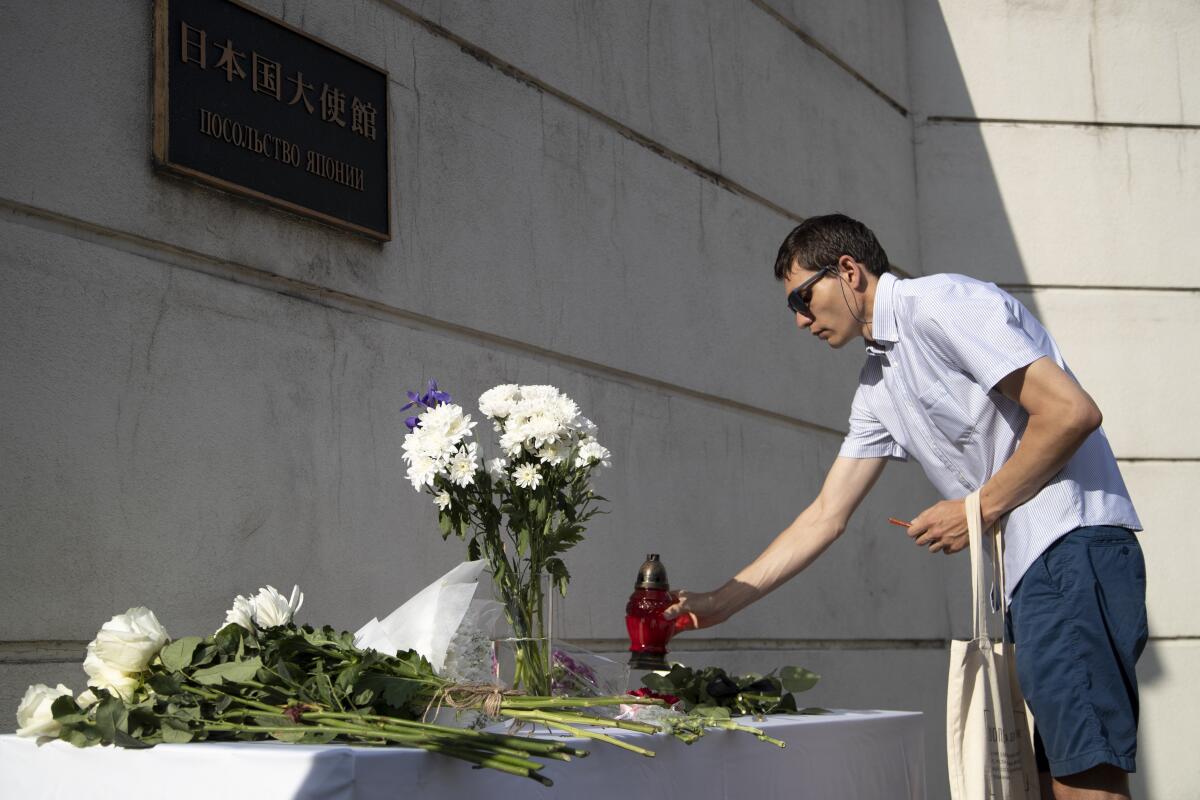
More to Read
Sign up for Essential California
The most important California stories and recommendations in your inbox every morning.
You may occasionally receive promotional content from the Los Angeles Times.
